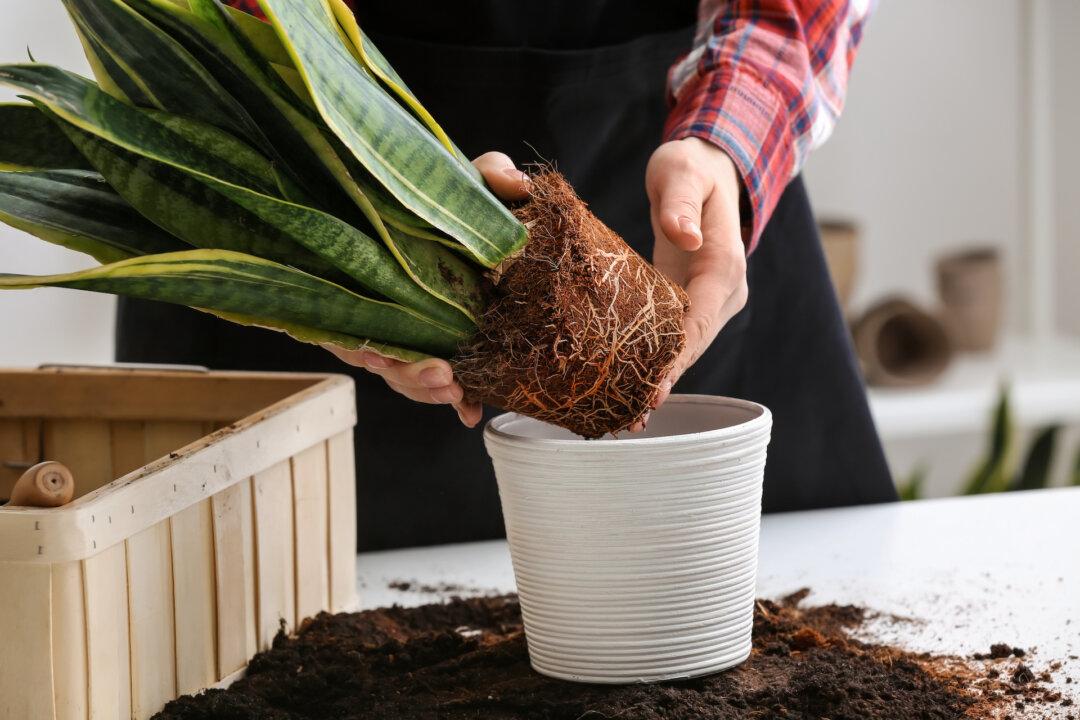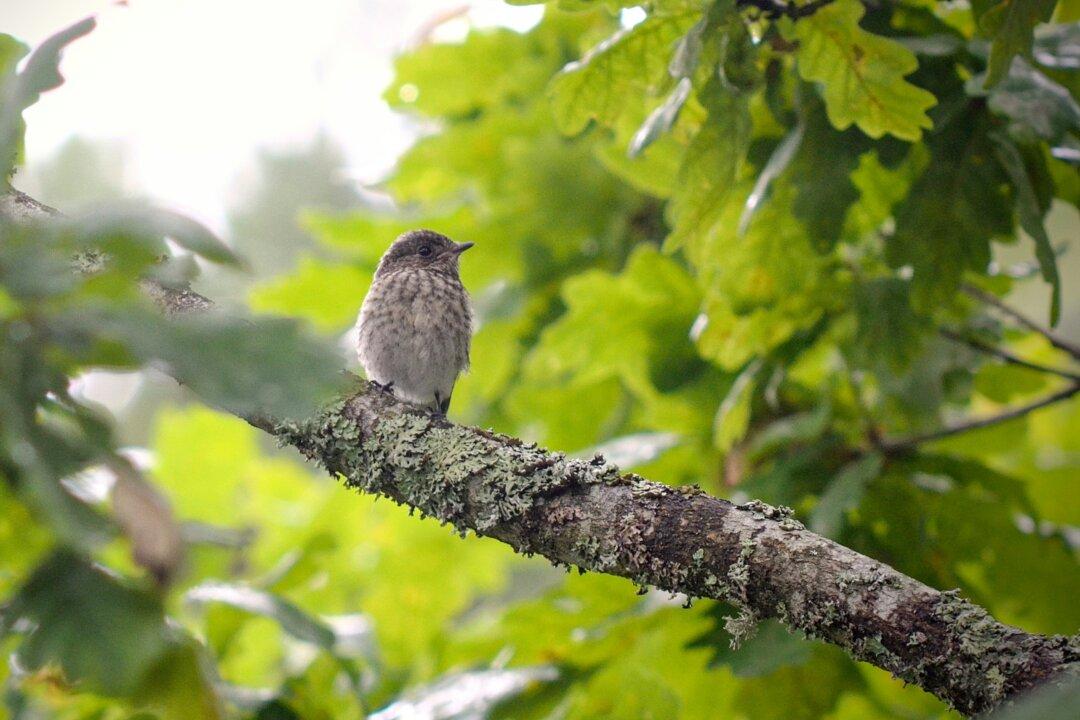Q: What can you tell me about ladybugs? We have aphids on our iris and rose plants. Do ladybugs really help by eating them? Should I buy some or wait for the ones living nearby to come?
A: There are about 5,000 species of ladybugs worldwide, with about 500 species in the United States. They start out as yellow, orange, or red eggs laid in small clusters of up to about 30. The larval stage is a very scary-looking spiny insect that also eats insects. If you were to see one, you might think it was some kind of spider. The pupal stage has a shriveled skin that is left over from the larva. Finally, the adult hatches into the little beetle that we all recognize. The adult may be yellow, orange, pink, red, black, or gray and may or may not have spots. The adult ladybug spends the winter in mulch or piles of leaves. They often gather in the thousands to help stay warm.





